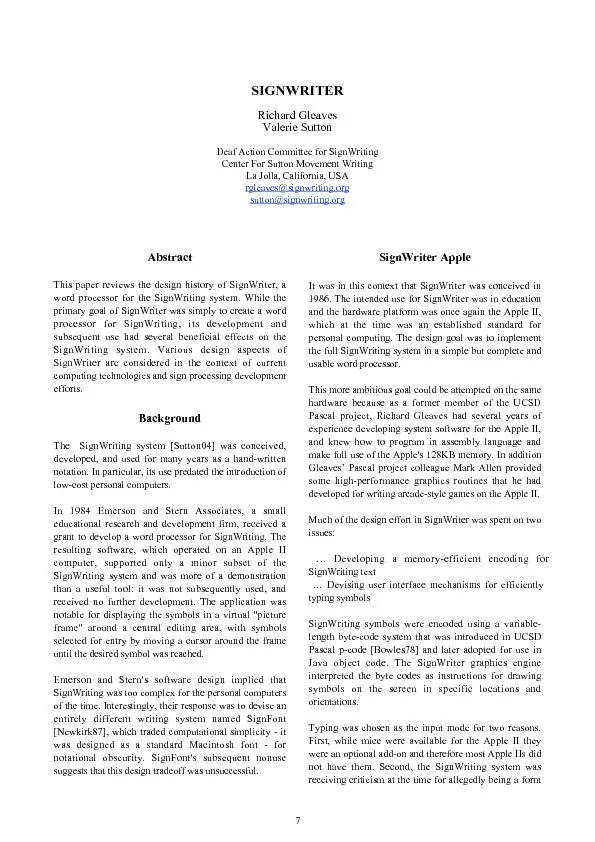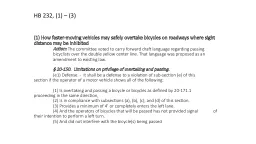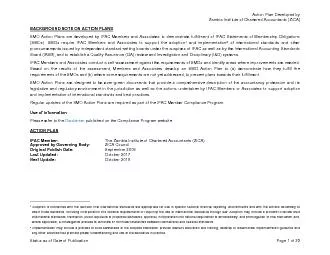PDF-SIGNWRITERRichard GleavesValerie SuttonDeaf Action Committee for SignW
Author : debby-jeon | Published Date : 2016-08-01
suttonsignwritingorg AbstractThis paper reviews the design history of SignWriter aword processor for the SignWriting system While theprimary goal of SignWriter was
Presentation Embed Code
Download Presentation
Download Presentation The PPT/PDF document "SIGNWRITERRichard GleavesValerie SuttonD..." is the property of its rightful owner. Permission is granted to download and print the materials on this website for personal, non-commercial use only, and to display it on your personal computer provided you do not modify the materials and that you retain all copyright notices contained in the materials. By downloading content from our website, you accept the terms of this agreement.
SIGNWRITERRichard GleavesValerie SuttonDeaf Action Committee for SignW: Transcript
Download Rules Of Document
"SIGNWRITERRichard GleavesValerie SuttonDeaf Action Committee for SignW"The content belongs to its owner. You may download and print it for personal use, without modification, and keep all copyright notices. By downloading, you agree to these terms.
Related Documents














